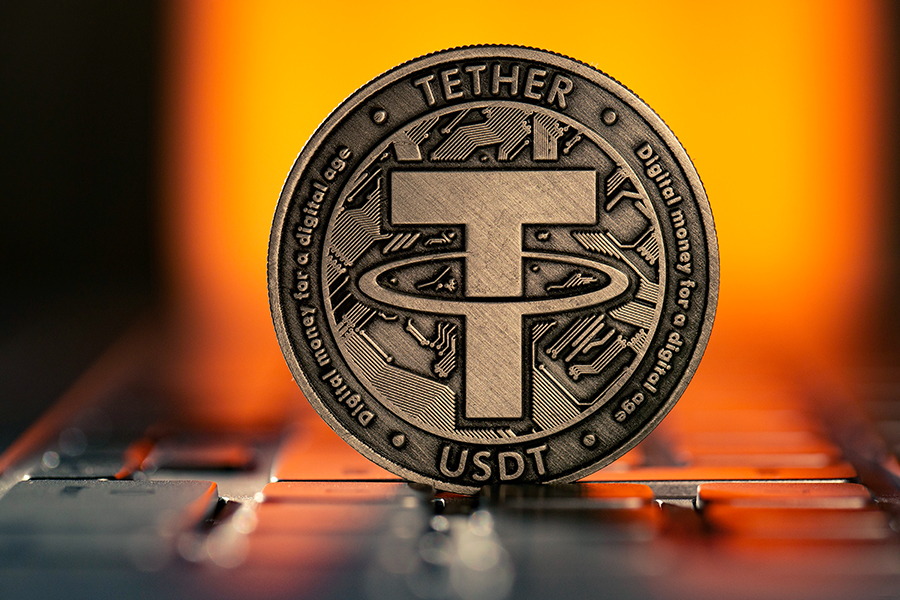Tether, the company behind the world’s largest stablecoin USDT with a market capitalization exceeding $120 billion, has announced the upcoming launch of a new digital currency named USAT. Unlike USDT, which circulates globally with varying regulatory treatment, USAT will be designed specifically for the United States market.
The initiative comes shortly after the GENIUS Act (Guiding and Establishing National Innovation for U.S. Stablecoins) was signed into law earlier this year. The legislation sets out clear requirements for stablecoin issuers, including:
- Full dollar reserves held in secure and highly liquid assets.
- Independent audits and regular transparency reports.
- Strict licensing and supervision by U.S. regulators.
To ensure compliance, Tether has partnered with Anchorage Digital Bank, a federally chartered digital asset bank. Anchorage will serve as the official issuer of USAT, making it the first Tether product to be launched under direct U.S. banking oversight.
Company representatives stated that USAT is intended to provide a fully regulated, transparent, and reliable stablecoin for payments, remittances, and DeFi applications within the U.S.. Unlike its global counterpart USDT, USAT will fall entirely under American jurisdiction, giving institutions and fintech companies more confidence in its use.
Analysts suggest that the launch of USAT could reshape the U.S. stablecoin market. Currently, USDC, issued by Circle, dominates regulated stablecoin adoption, especially among fintech platforms and payment providers. The entrance of Tether into this segment is expected to intensify competition, potentially leading to lower transaction costs and wider adoption across DeFi protocols.
At the same time, challenges remain. Experts point out that Tether’s historic controversies over reserve transparency could influence regulators’ and institutions’ willingness to embrace USAT, despite its new compliance-driven framework. However, if successfully implemented, USAT could become a benchmark for integrating stablecoins into mainstream U.S. financial infrastructure.


